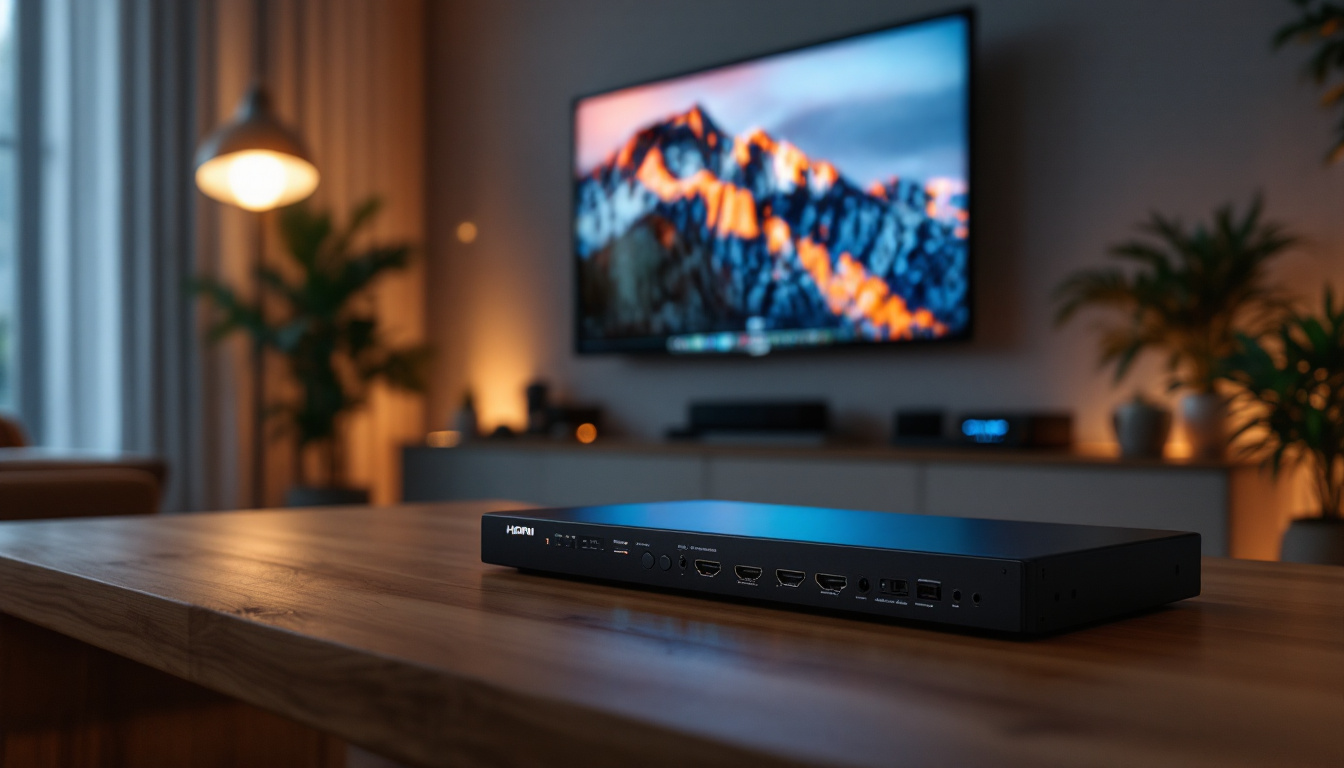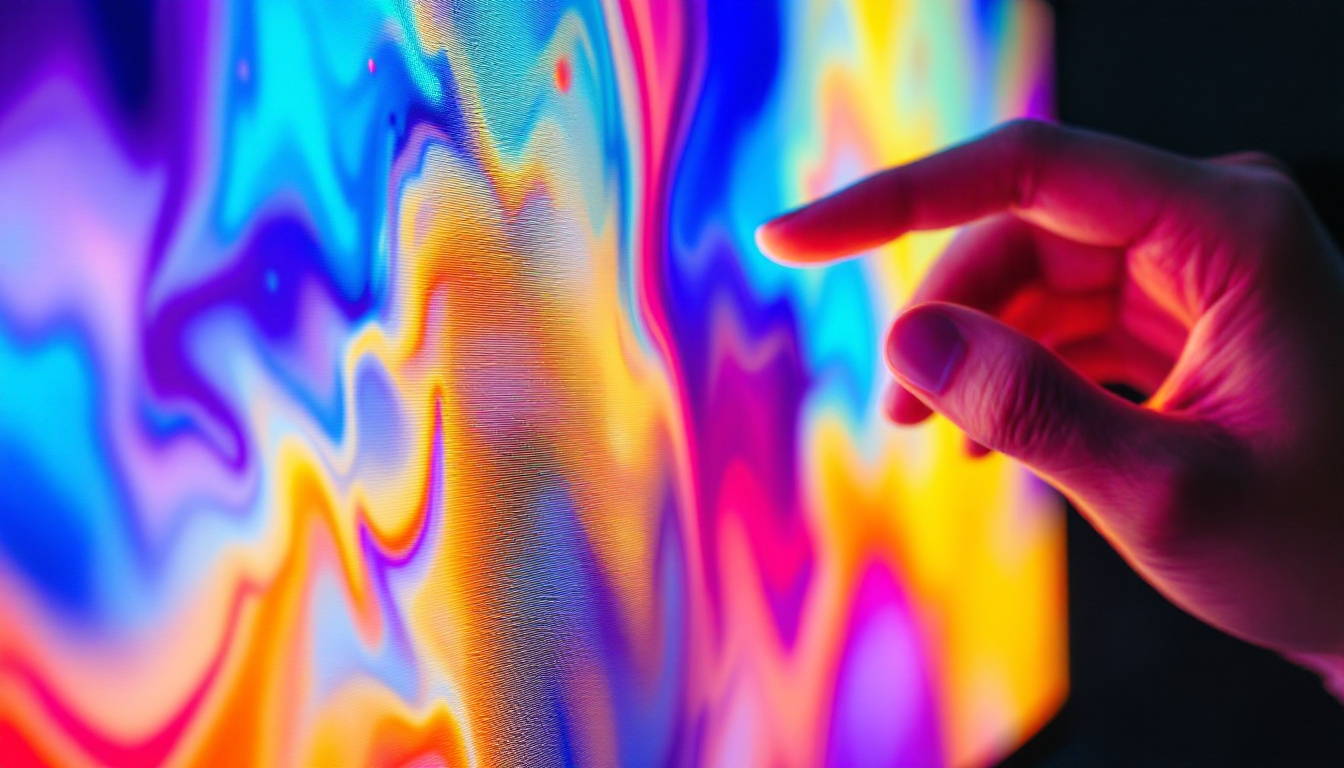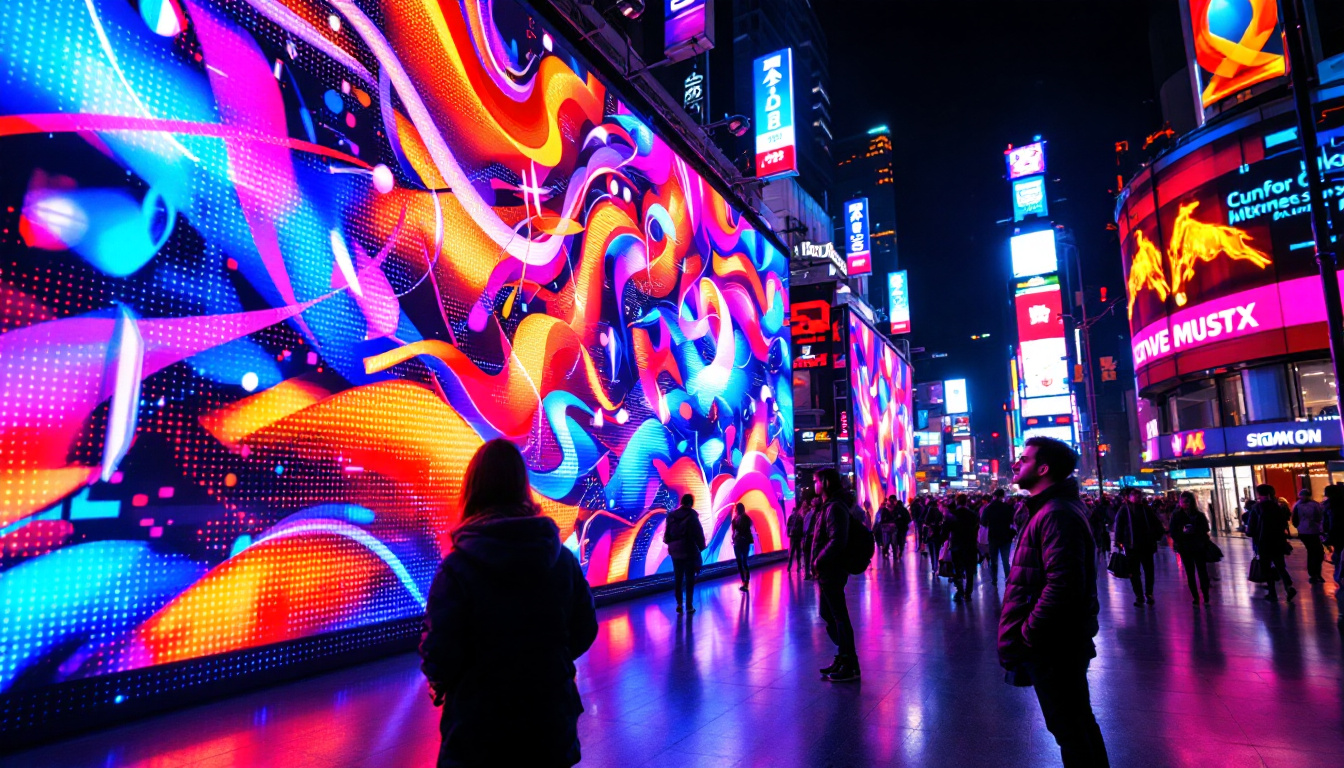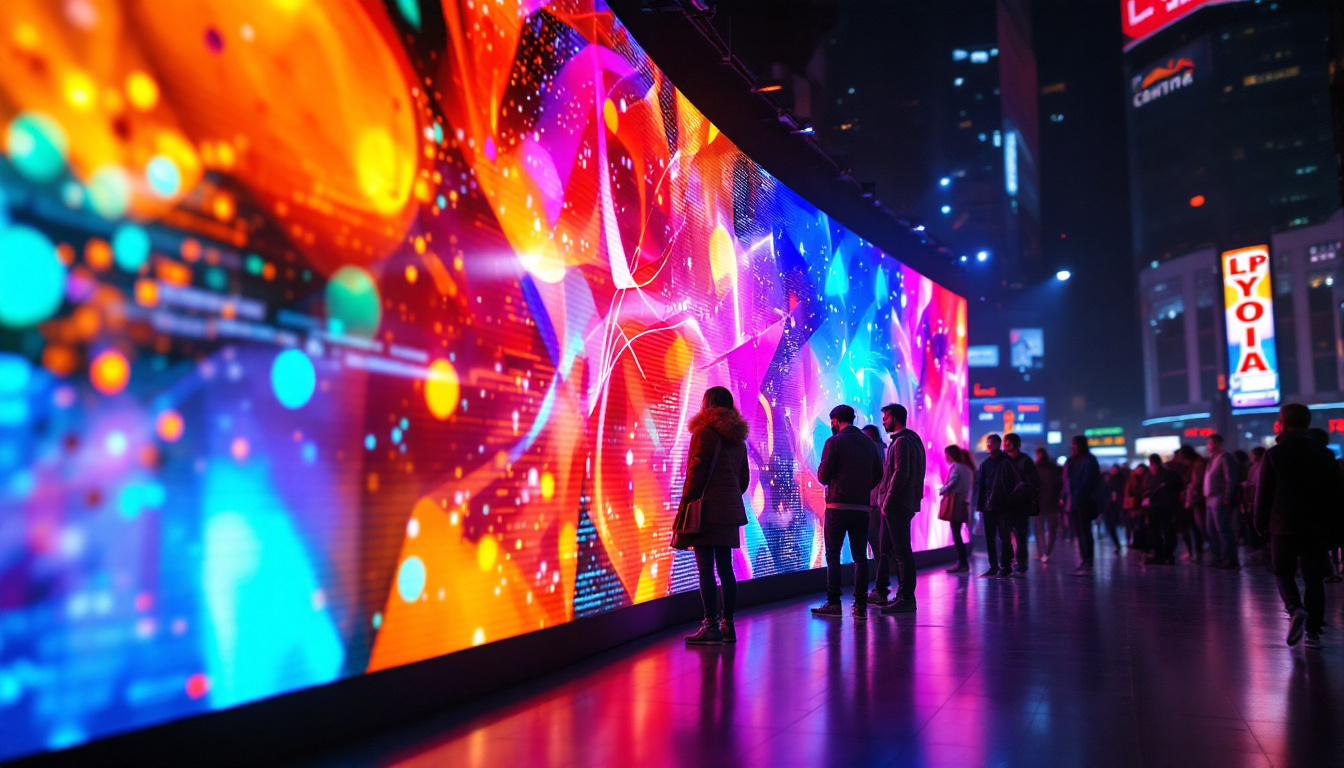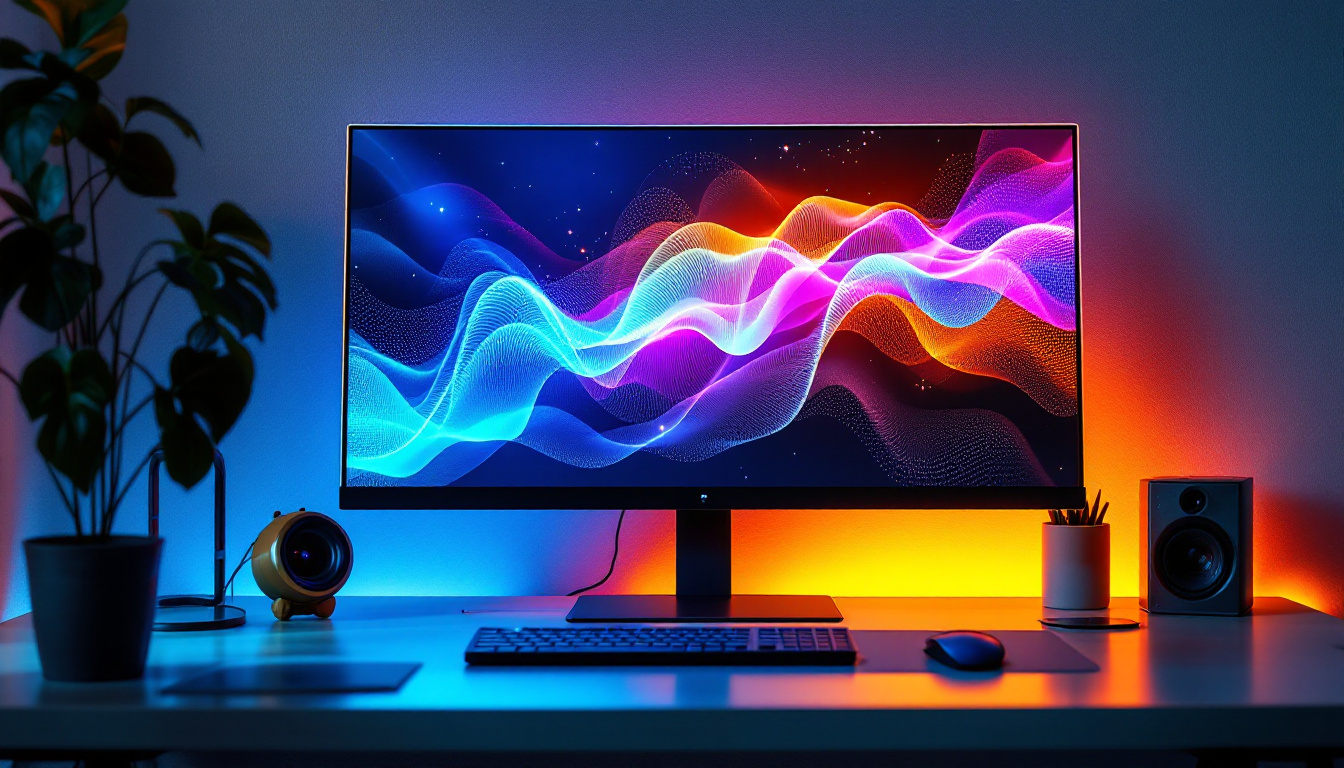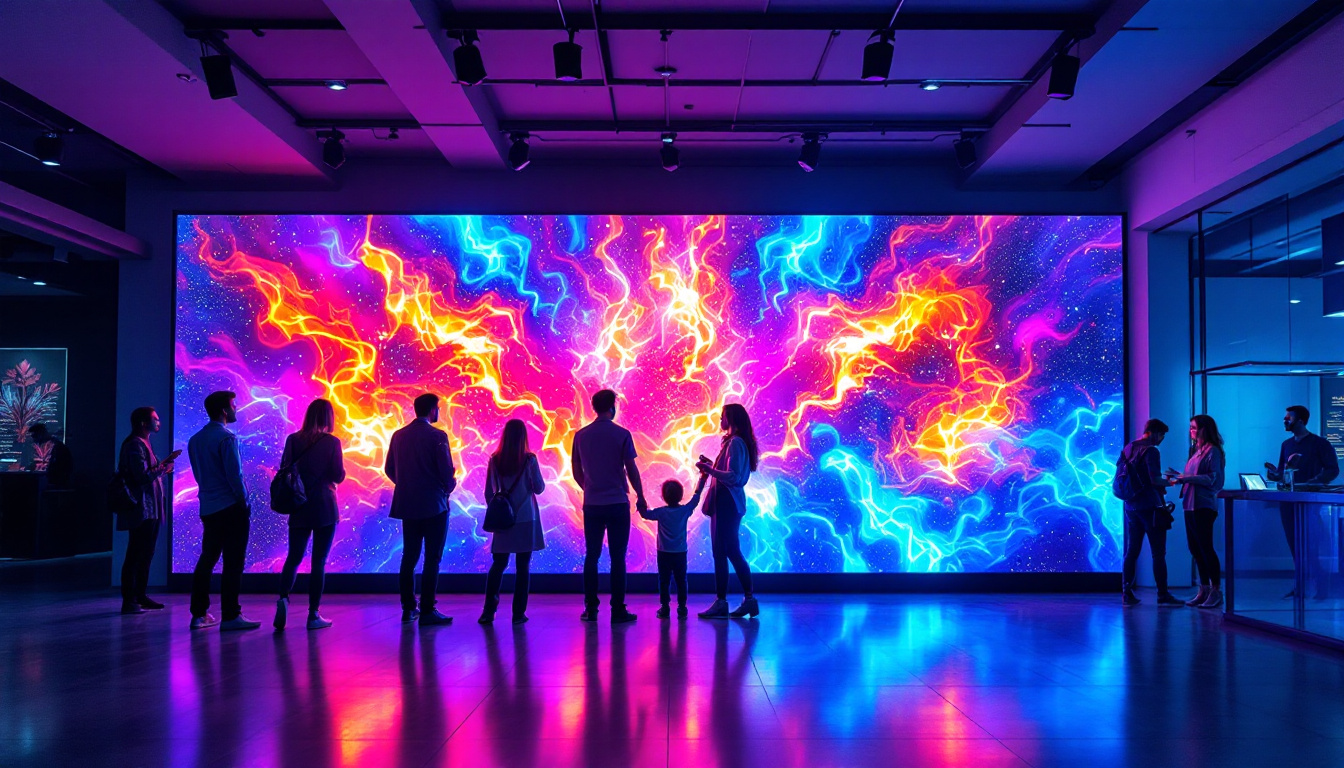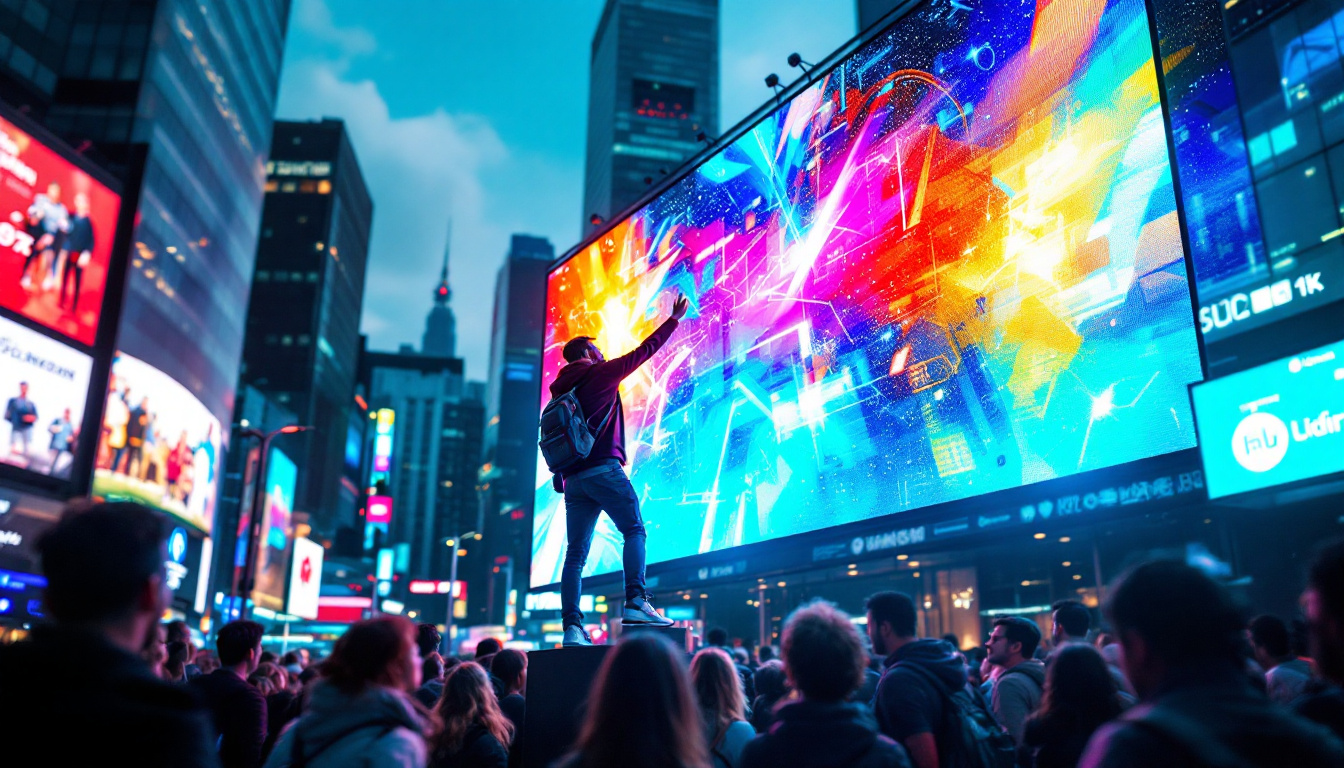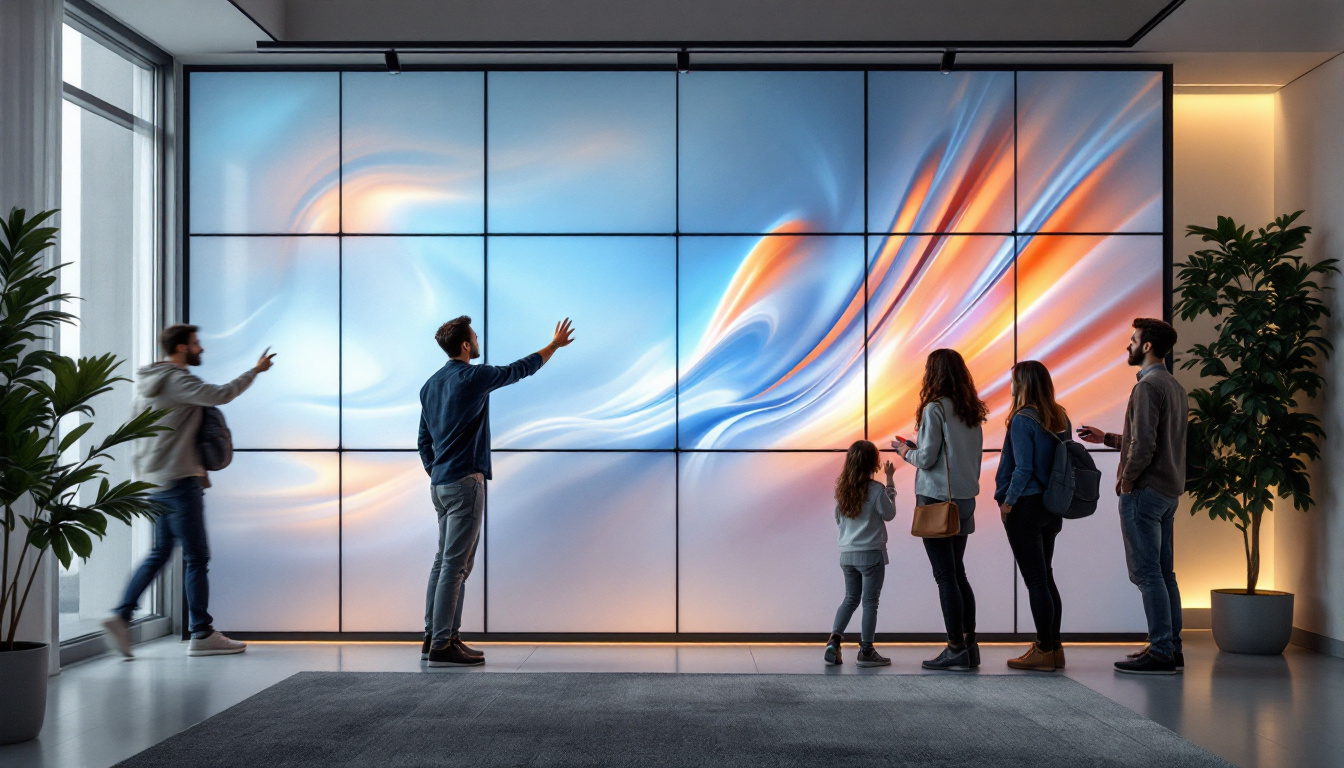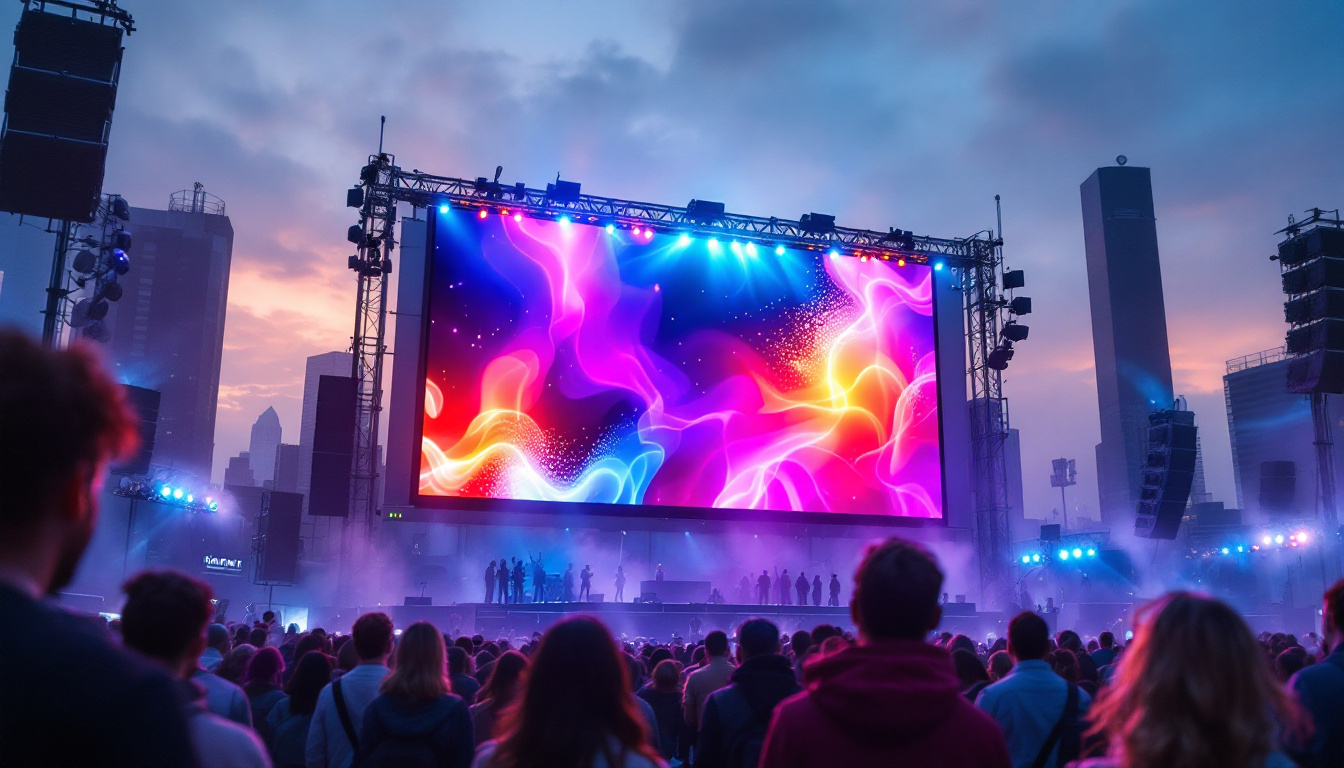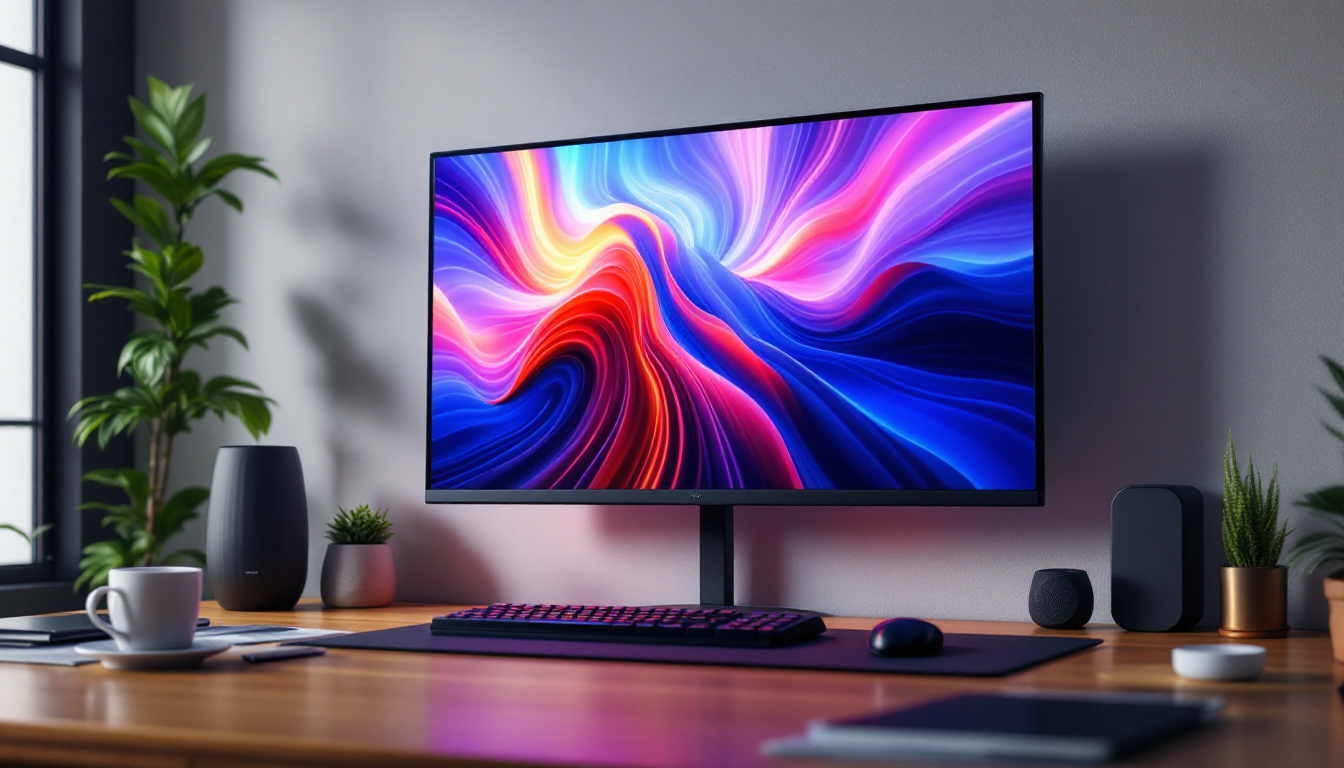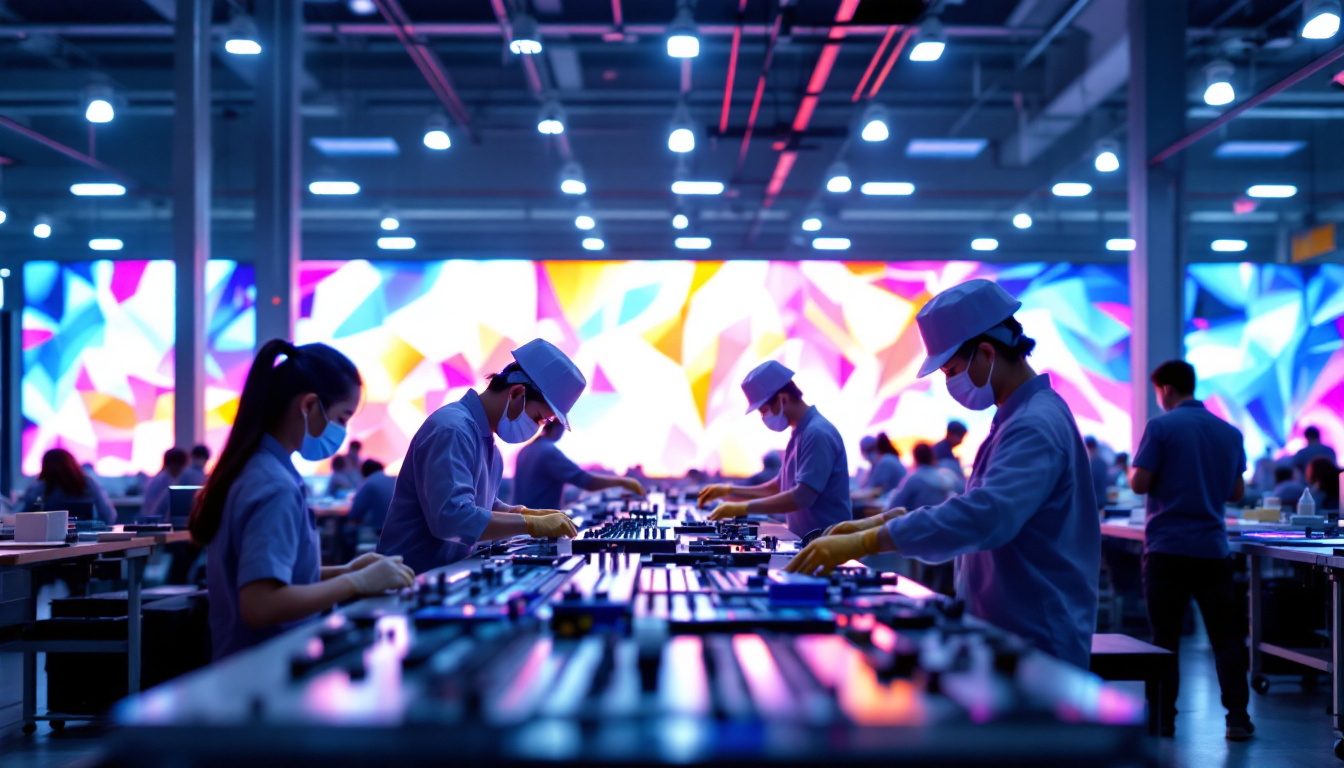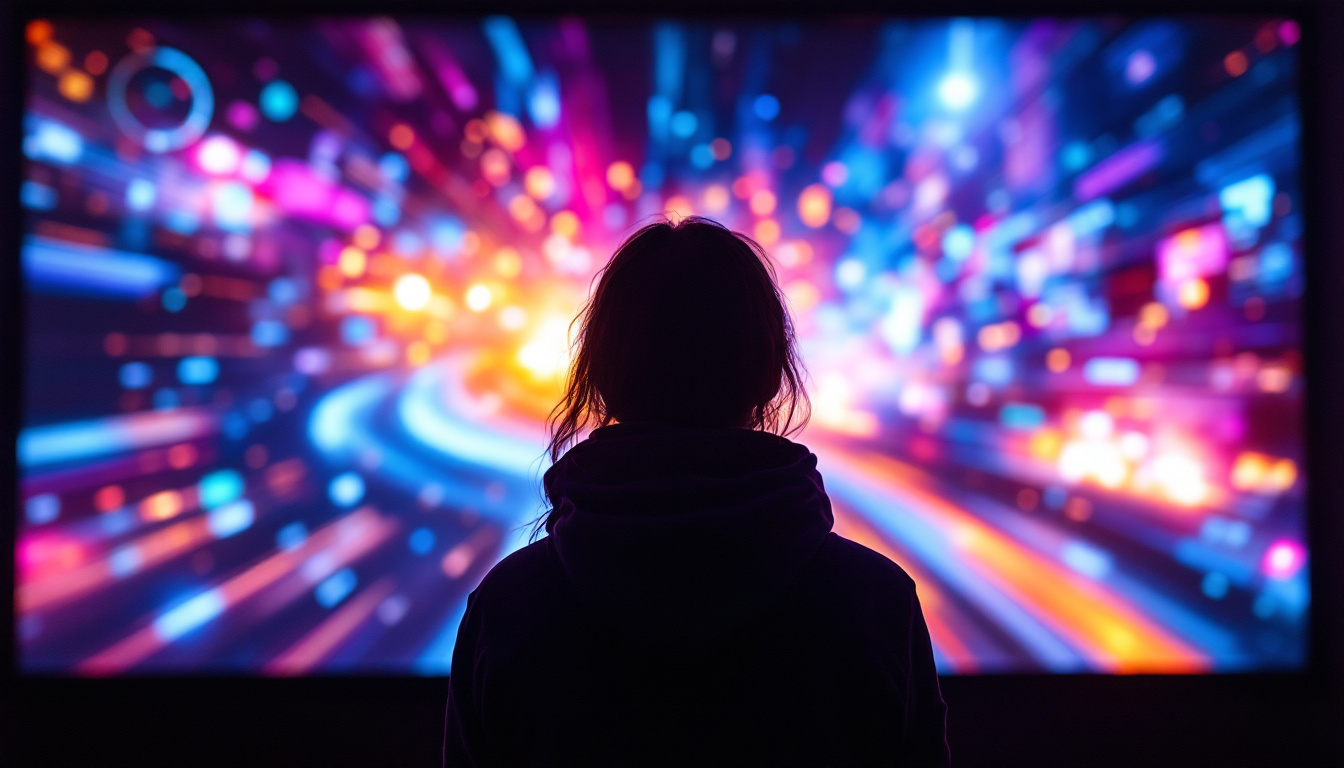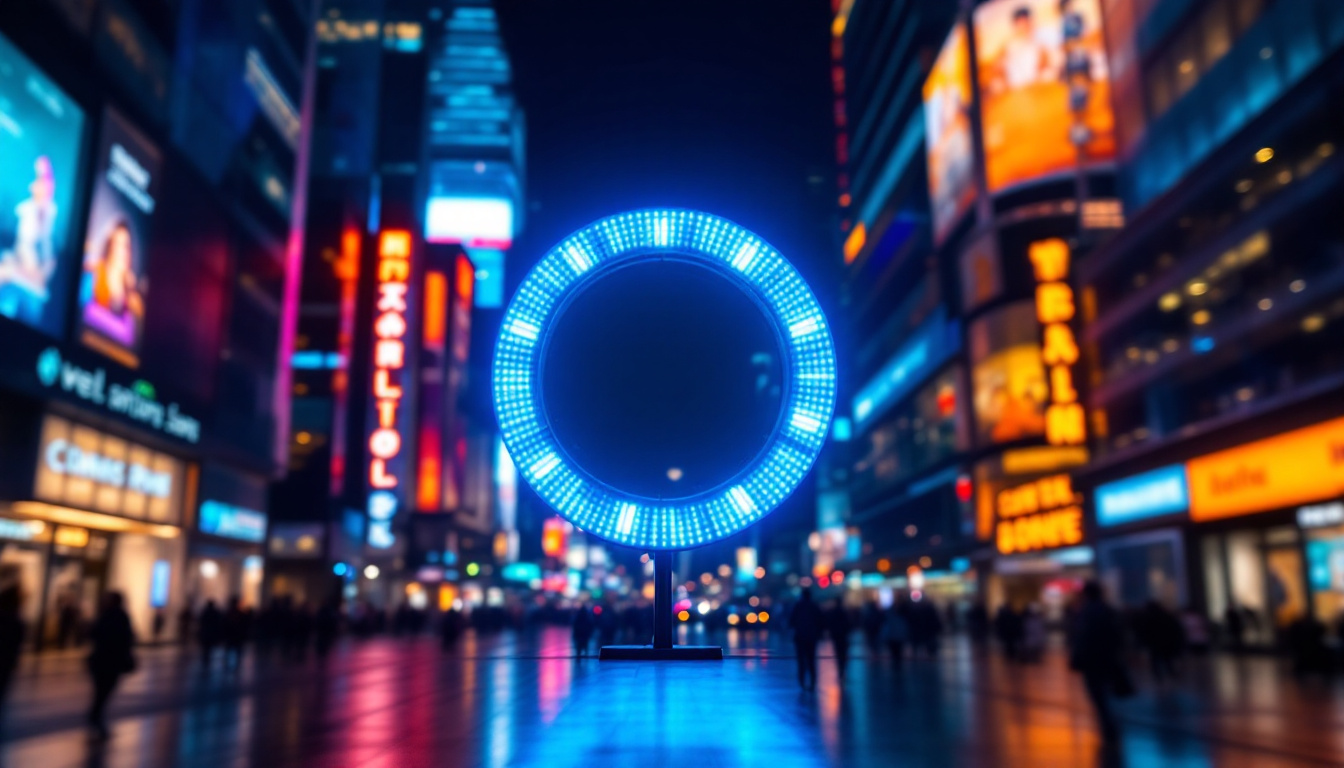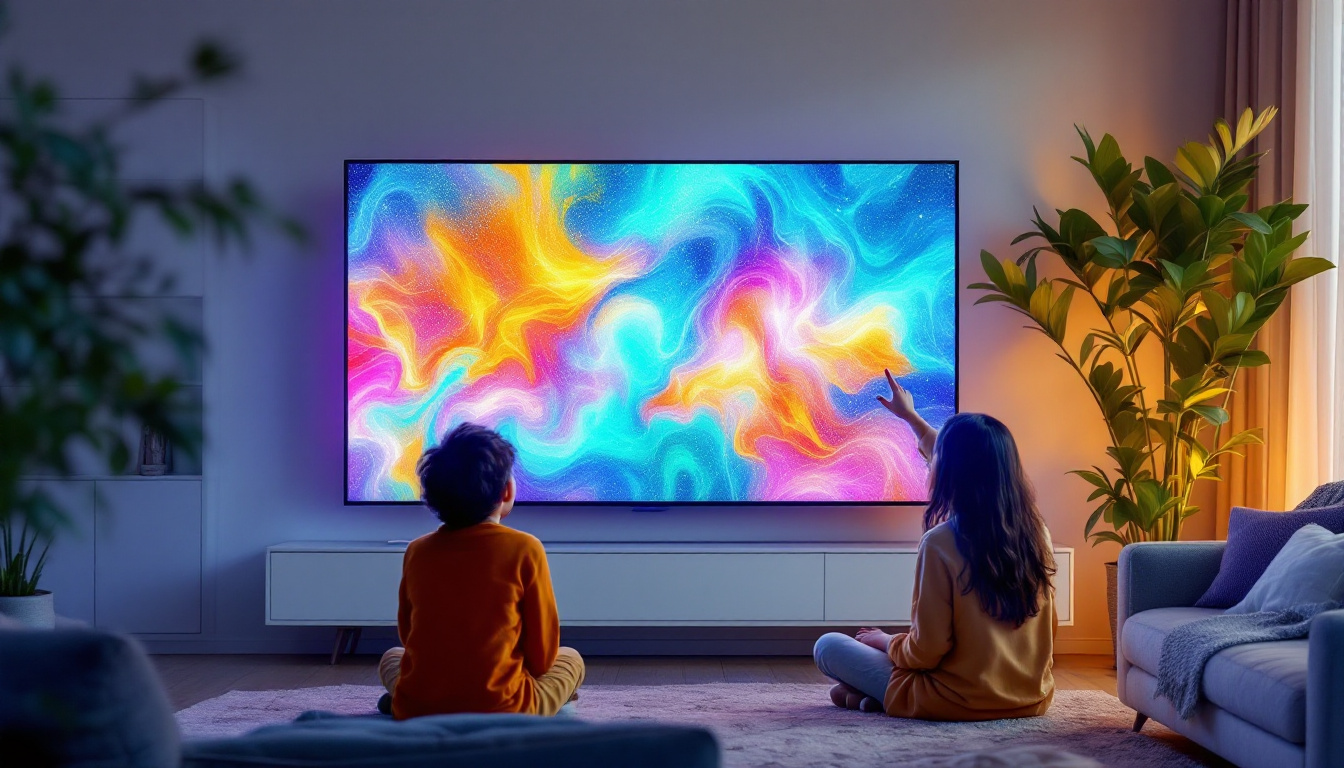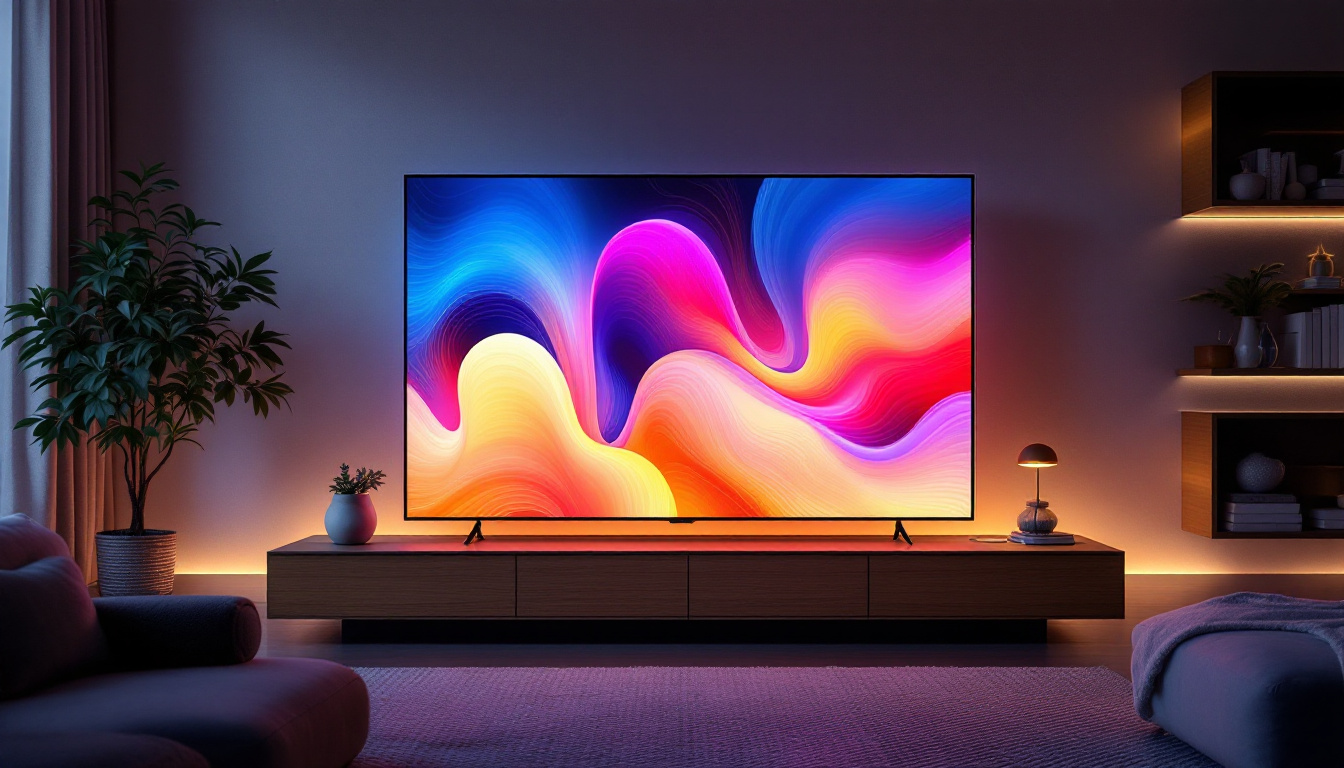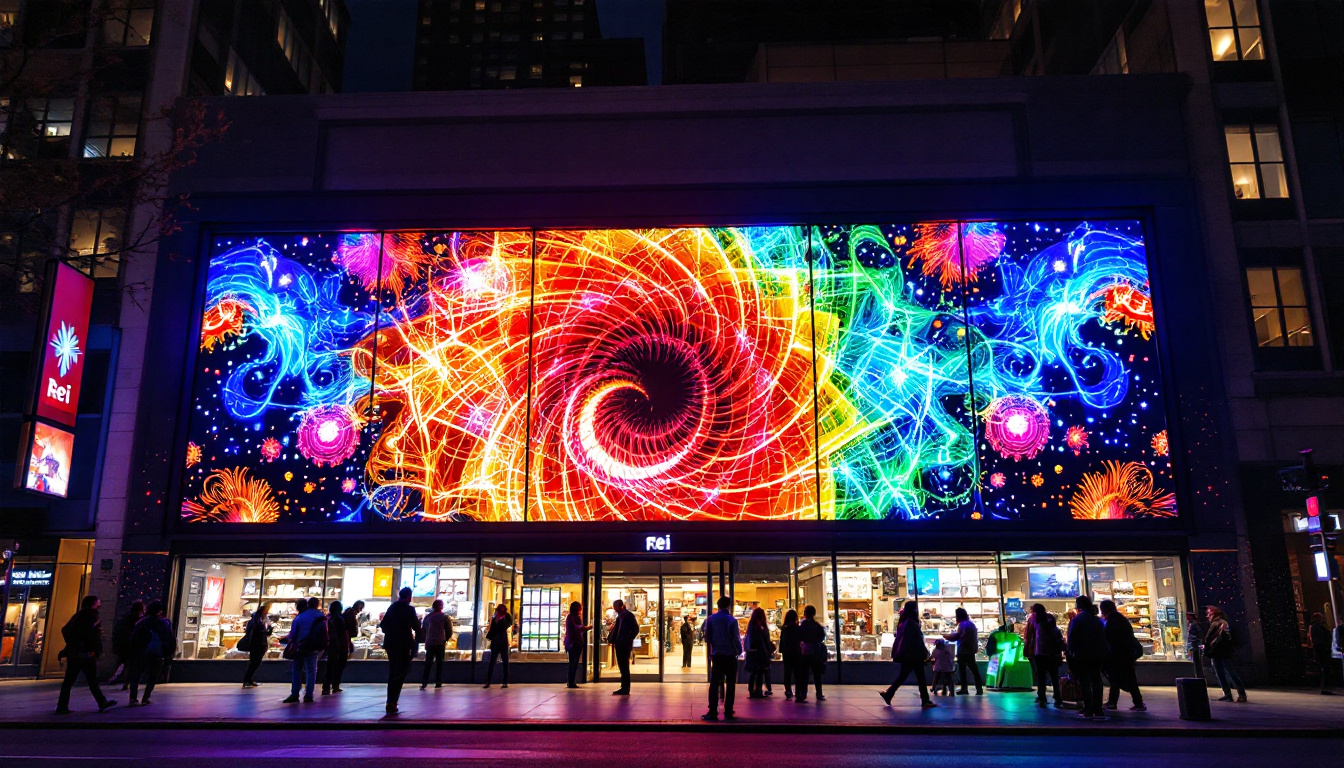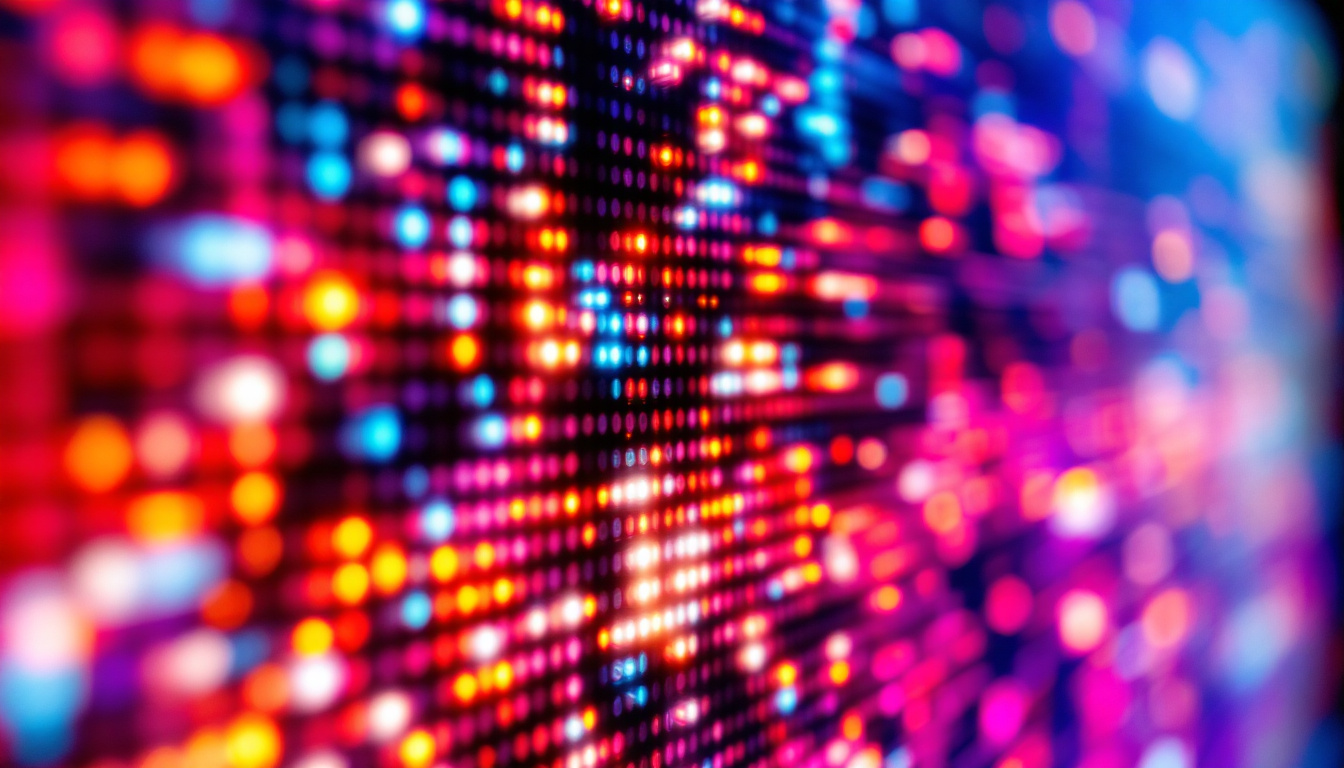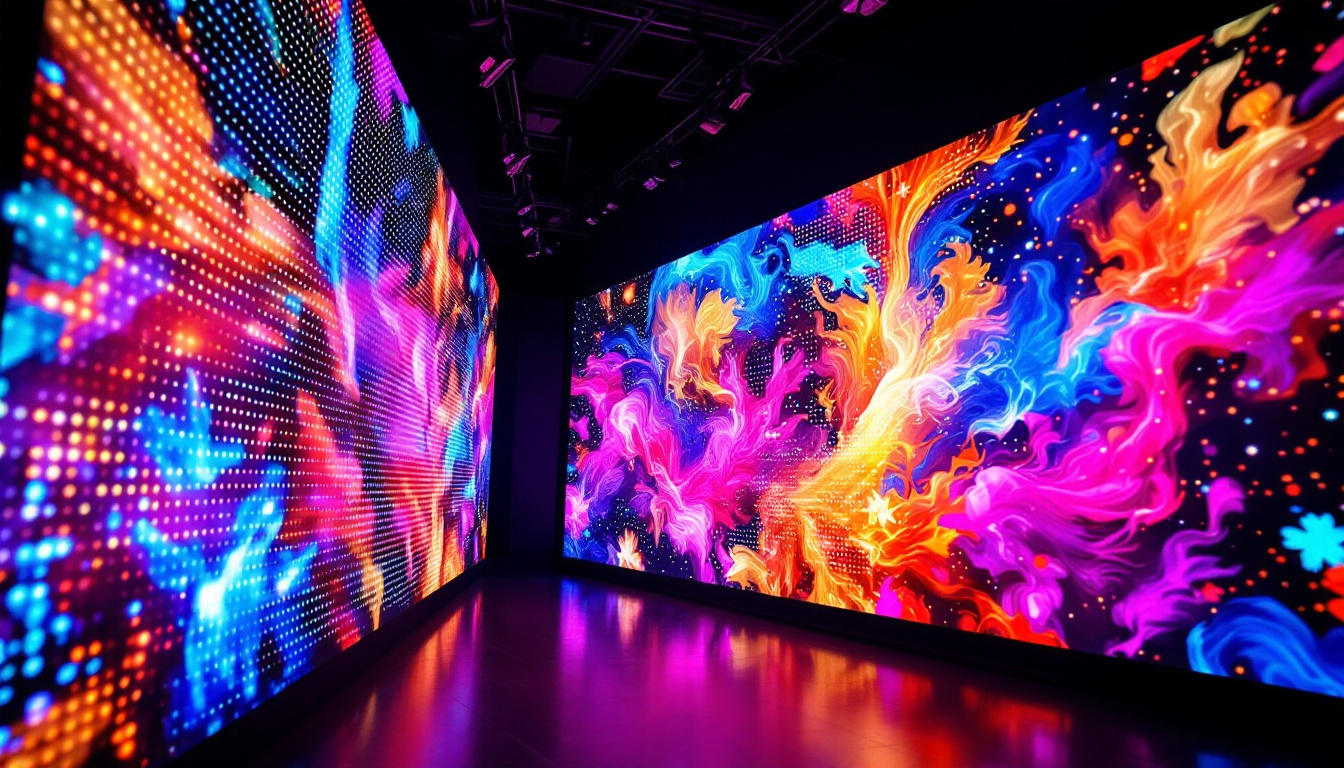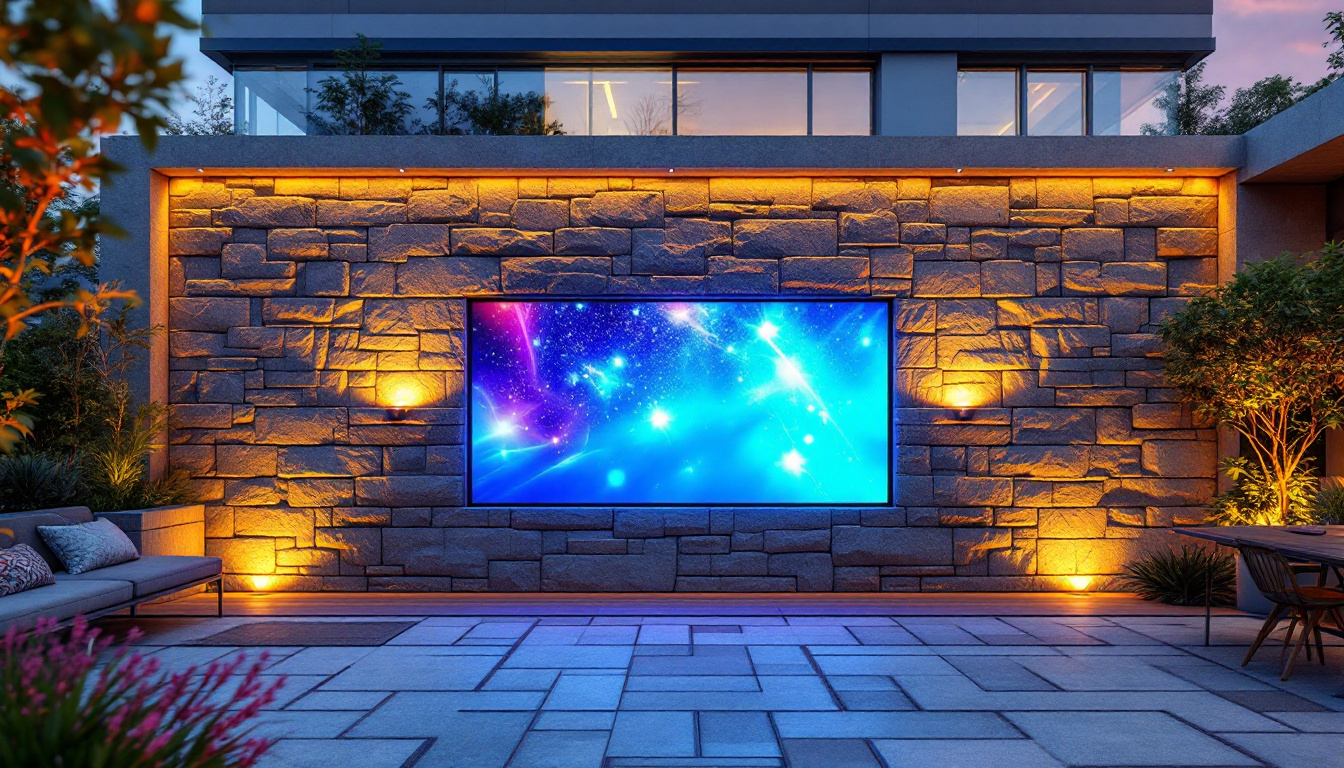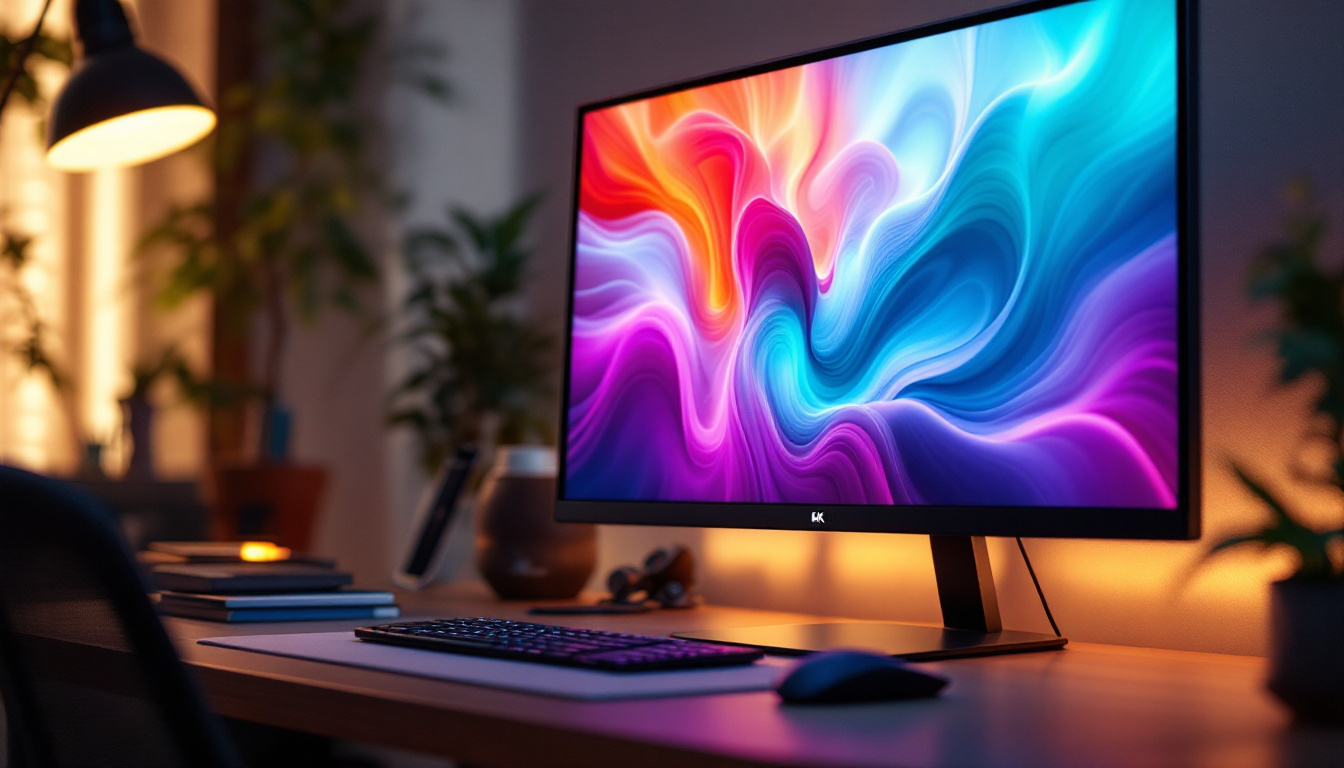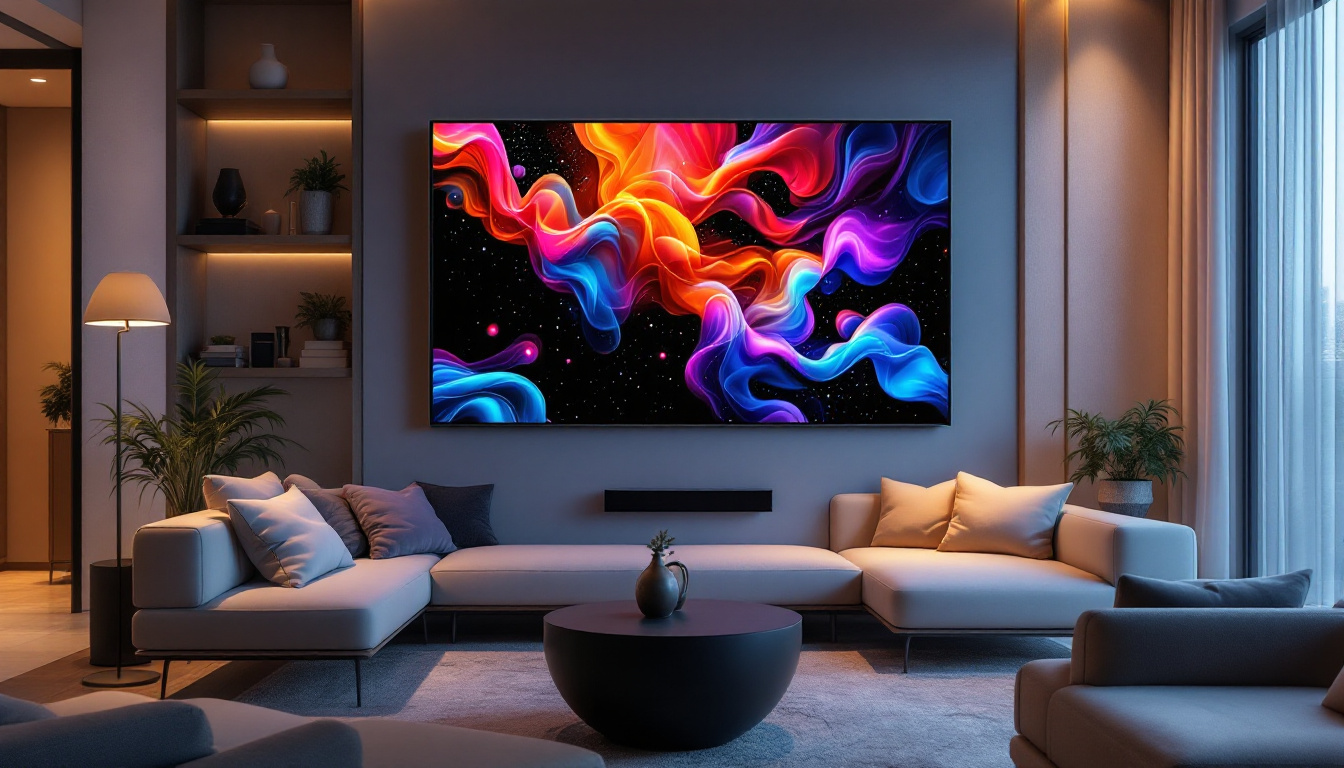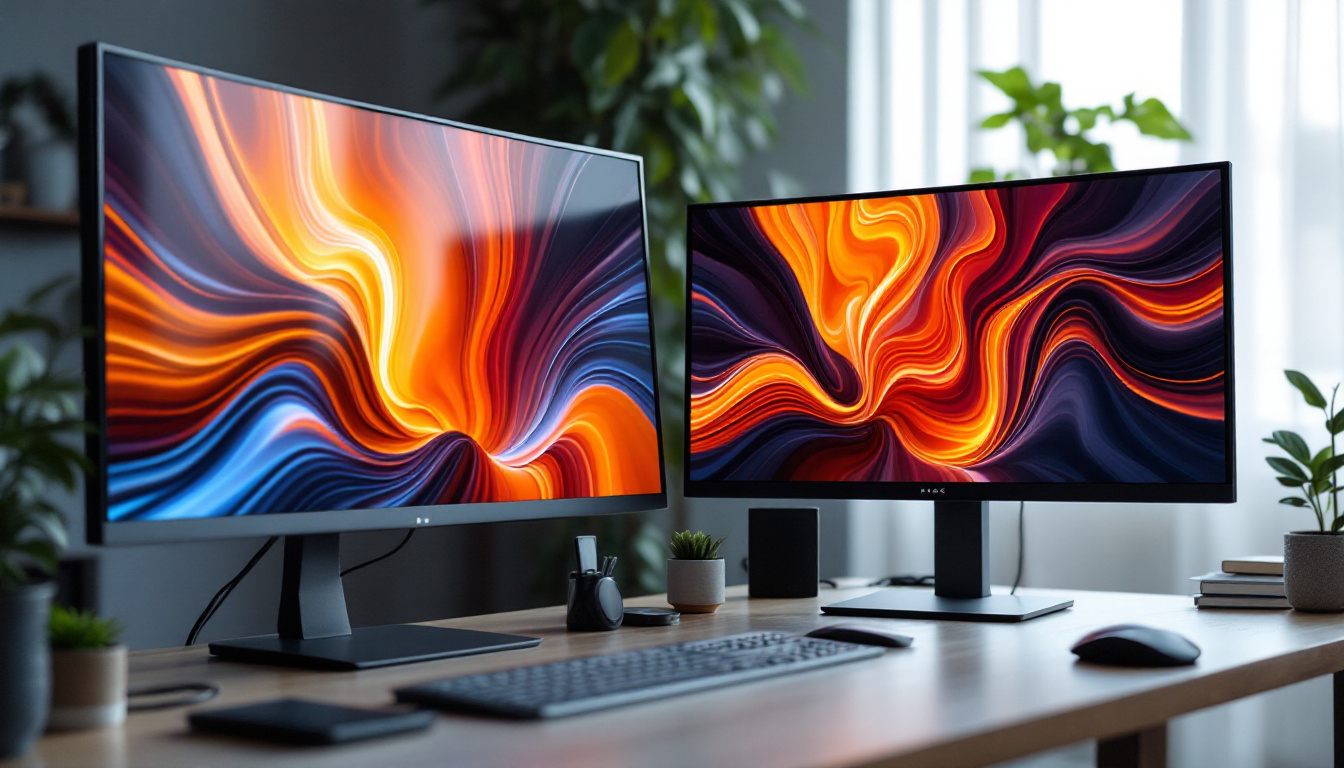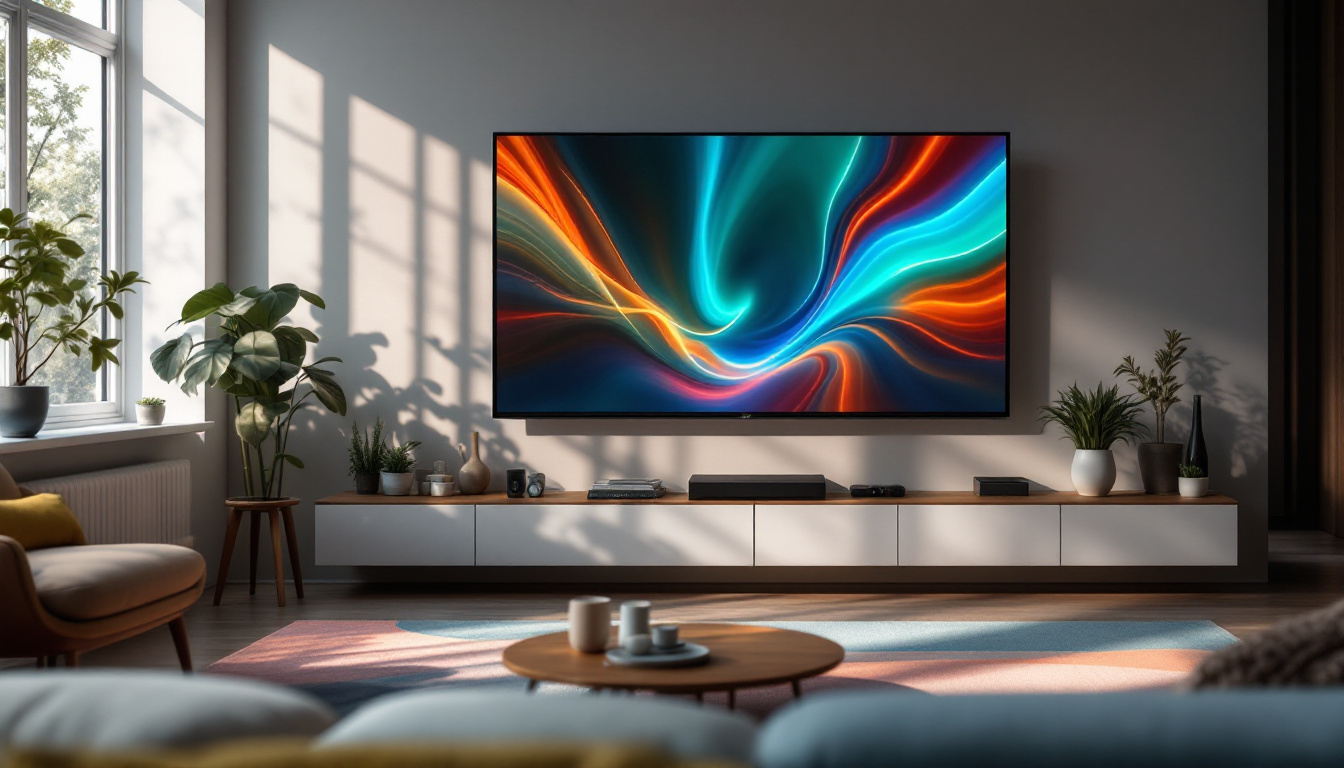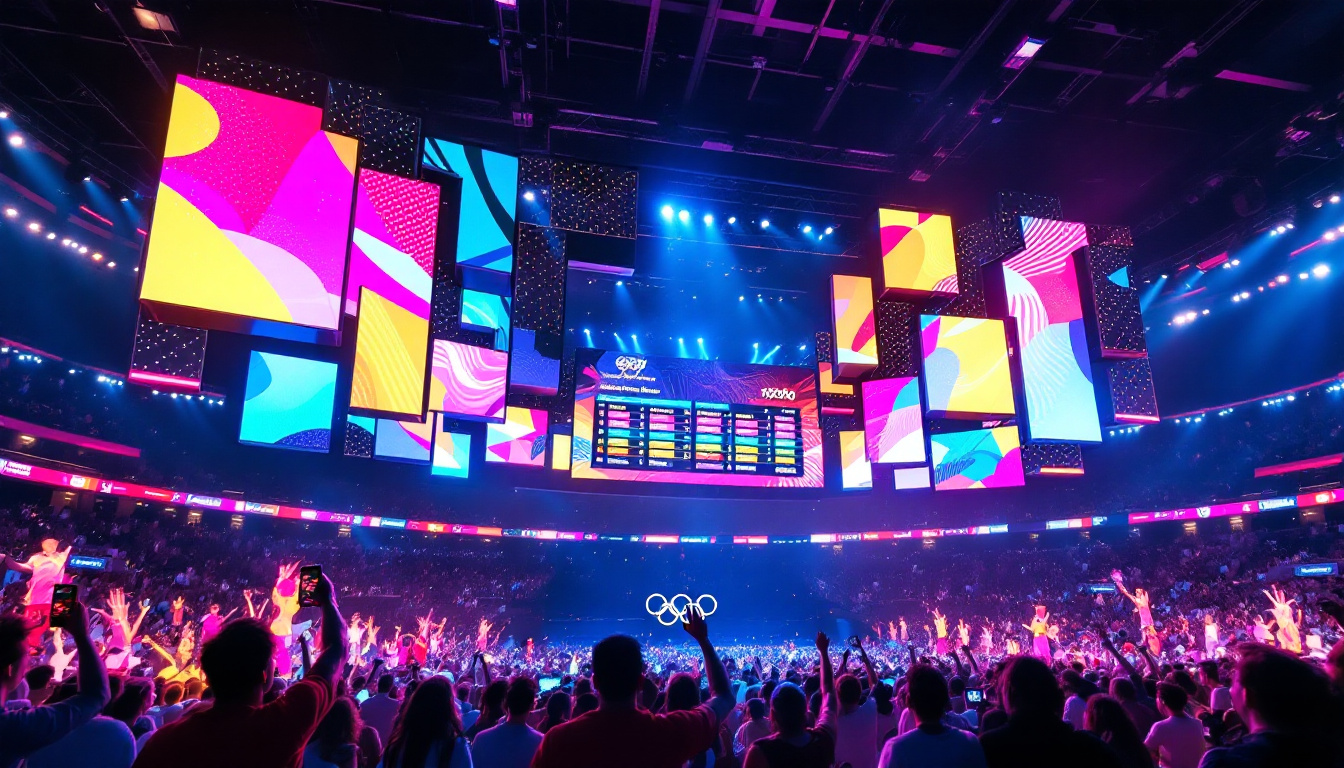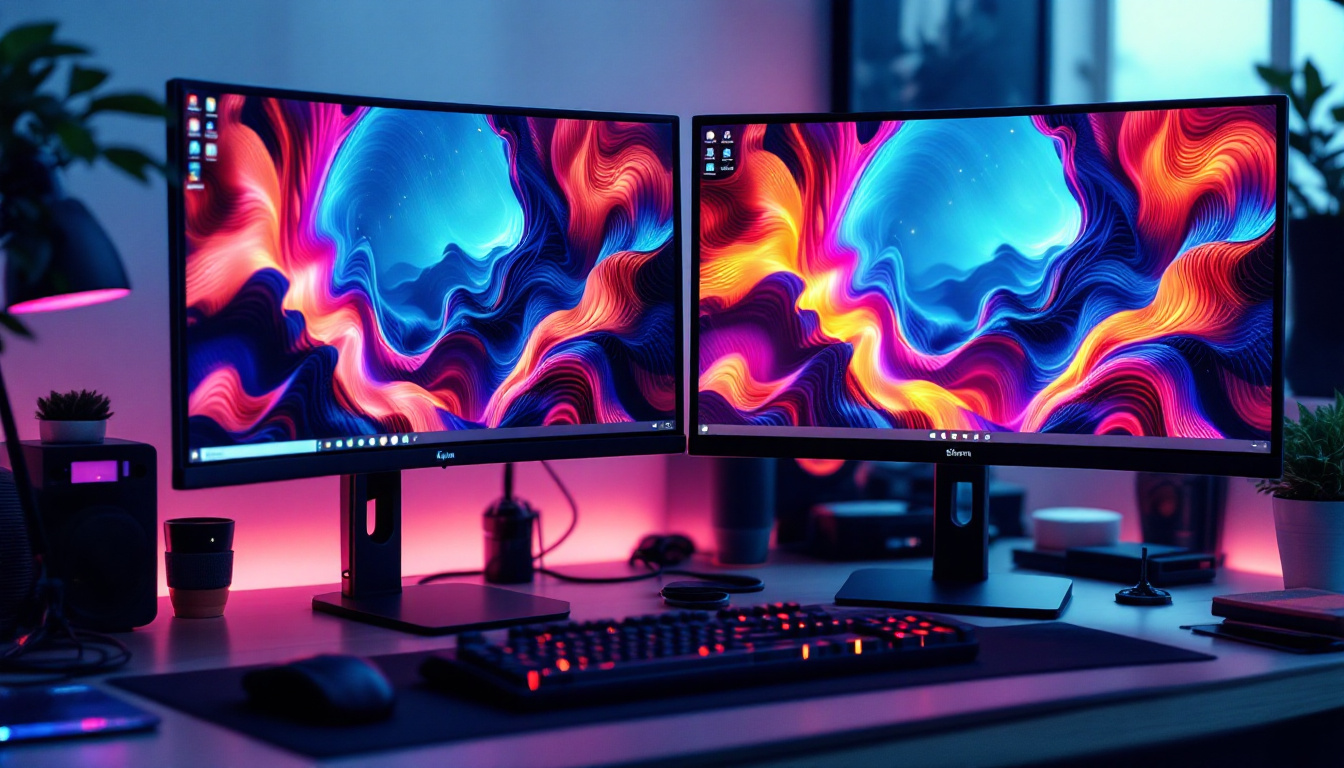Less Demand For HDMI Matrix Switcher: LED Display Explained
In recent years, the world of audiovisual technology has evolved dramatically, leading to shifts in consumer demand and preferences. One notable trend is the decreasing demand for HDMI matrix switchers, particularly in relation to LED display technology. This article delves into the reasons behind this shift, the functionality of HDMI matrix switchers, and how LED displays are changing the landscape of video connectivity.
Understanding HDMI Matrix Switchers
An HDMI matrix switcher is a device that allows multiple HDMI sources to be routed to multiple displays. This technology is commonly used in commercial settings such as conference rooms, educational institutions, and entertainment venues. By enabling users to select any source to display on any screen, these switchers offer flexibility and convenience.
Functionality and Features
HDMI matrix switchers typically feature a grid layout, with inputs on one axis and outputs on another. Users can select which source feeds into which display, providing a seamless experience for presentations or multimedia displays. Many modern matrix switchers also support advanced features like 4K resolution, audio extraction, and even remote control capabilities.
Moreover, some models come equipped with additional functionalities such as scaling and video wall support, making them versatile tools for complex AV setups. For instance, video wall support allows multiple displays to be combined into a single, larger screen, providing an immersive viewing experience that is particularly beneficial in settings like shopping malls or control rooms. However, as technology progresses, the necessity for such devices is being re-evaluated.
Market Trends and Demand
The demand for HDMI matrix switchers has experienced fluctuations due to several factors. One of the primary reasons is the rapid advancement of wireless technology and streaming solutions. Many users now prefer to connect devices wirelessly, reducing the need for complex wiring and switchers.
Additionally, the rise of smart displays and integrated systems has contributed to this decline. Many modern displays come equipped with multiple input options and built-in switching capabilities, rendering external switchers less essential. This shift has led manufacturers to explore innovative designs that incorporate both wired and wireless functionalities, ensuring that they can meet the evolving needs of consumers. Furthermore, with the increasing popularity of remote work and virtual collaboration tools, the demand for flexible AV solutions that can easily adapt to various environments is more critical than ever.
“`html
The Rise of LED Displays
LED displays have become increasingly popular due to their superior picture quality, energy efficiency, and versatility. These displays are not only brighter and more vibrant than traditional LCDs but also offer a wider viewing angle and better contrast ratios. This section explores the reasons behind the growing preference for LED technology.
Advantages of LED Technology
One of the most significant advantages of LED displays is their energy efficiency. They consume less power compared to traditional display technologies, making them a more sustainable option for both residential and commercial use. This efficiency translates into lower operating costs, which is a compelling factor for businesses looking to reduce expenses.
Furthermore, LED displays boast exceptional brightness levels, making them suitable for various environments, including well-lit rooms. Their ability to maintain image quality in diverse lighting conditions enhances their appeal for both indoor and outdoor applications. Additionally, the longevity of LED technology—often exceeding 50,000 hours—means that users can enjoy high-quality visuals for years without the need for frequent replacements, further solidifying their cost-effectiveness.
Enhanced User Experience
In addition to their technical advantages, LED displays provide an enhanced user experience. With features like touch capabilities and interactive interfaces, these displays engage users in ways that traditional screens cannot. This interactivity is particularly beneficial in educational and corporate settings, where user engagement is crucial. For instance, in classrooms, LED displays can facilitate collaborative learning through interactive lessons, allowing students to participate actively rather than passively absorbing information.
The integration of smart technology into LED displays further elevates their functionality. Many models now come with built-in operating systems, allowing users to run applications directly on the display without the need for external devices. This convenience streamlines operations and reduces the reliance on HDMI matrix switchers. Moreover, the compatibility of LED displays with various content management systems enables seamless updates and content delivery, making them ideal for dynamic advertising and information dissemination in public spaces. As a result, businesses can easily adapt their messaging to reflect real-time events or promotions, ensuring their communications remain relevant and engaging.
“`
Shifts in Consumer Preferences
As the audiovisual landscape evolves, consumer preferences are shifting towards more integrated and user-friendly solutions. The following sections explore how these changes impact the demand for HDMI matrix switchers and the adoption of LED technology.
Integration and Simplicity
Today’s consumers value simplicity and integration in their technology. With the advent of smart displays that can connect to the internet and stream content directly, the need for multiple devices and complex setups diminishes. Users are increasingly drawn to solutions that offer all-in-one capabilities, reducing clutter and simplifying the user experience.
This trend is particularly evident in home entertainment systems, where consumers prefer streamlined setups that can be controlled via a single remote or smartphone app. As a result, HDMI matrix switchers, which often require additional configuration and management, are losing their appeal. Furthermore, the rise of voice-activated assistants has transformed how users interact with their devices, enabling them to control their entire audiovisual experience through simple voice commands. This shift towards intuitive technology not only enhances user satisfaction but also encourages a more immersive viewing experience, as consumers can easily switch between different content sources without the hassle of manual adjustments.
Cost Considerations
Cost is another significant factor influencing consumer preferences. HDMI matrix switchers can be expensive, especially for high-quality models with advanced features. In contrast, many LED displays offer competitive pricing while providing integrated functionalities that eliminate the need for additional equipment.
As businesses and consumers alike seek to optimize their budgets, the financial advantages of investing in LED technology over traditional switchers become clear. This shift in spending habits is reshaping the market and driving manufacturers to innovate in ways that align with consumer demands. Additionally, the long-term savings associated with LED technology, such as lower energy consumption and reduced maintenance costs, further enhance their appeal. As consumers become more environmentally conscious, the sustainability aspect of LED technology also plays a crucial role in their purchasing decisions, prompting manufacturers to highlight eco-friendly features and energy-efficient designs in their marketing strategies. This growing awareness not only influences individual choices but also encourages a broader industry shift towards sustainable practices.
Future of HDMI Matrix Switchers and LED Displays
While the demand for HDMI matrix switchers may be declining, it is essential to consider the future of both this technology and LED displays. The ongoing evolution of audiovisual technology will likely lead to new solutions that address current limitations and enhance user experiences.
Potential Innovations
Manufacturers are exploring various innovations that could breathe new life into HDMI matrix switchers. For instance, the integration of artificial intelligence and machine learning could lead to smarter switching solutions that automatically detect and optimize inputs based on user preferences and usage patterns.
Additionally, advancements in wireless technology may enable matrix switchers to function seamlessly with wireless devices, allowing for greater flexibility without sacrificing the benefits of traditional wired connections. Such innovations could help bridge the gap between legacy technologies and modern demands. Furthermore, the potential for cloud connectivity could allow users to manage their HDMI matrix switchers remotely, providing unprecedented control and convenience. This could be particularly beneficial for large installations, such as in commercial settings, where multiple sources and displays need to be managed efficiently.
LED Displays: The Path Forward
As LED technology continues to advance, the future looks bright for this segment of the market. Ongoing research and development are likely to yield even more efficient and versatile displays, further solidifying their position as the preferred choice for consumers.
Future LED displays may incorporate features like augmented reality and enhanced interactivity, creating immersive experiences that traditional displays cannot match. As these technologies evolve, they will likely redefine how users interact with visual content, making LED displays an integral part of everyday life. Moreover, the push towards sustainability in technology means that future LED displays could be designed with eco-friendly materials and energy-efficient components, appealing to environmentally conscious consumers. The potential for flexible and foldable LED screens also opens up new possibilities for design and application, allowing for creative installations in both residential and commercial environments.
Conclusion
The decline in demand for HDMI matrix switchers can be attributed to several factors, including the rise of LED display technology, changing consumer preferences, and the desire for simplified, integrated solutions. As audiovisual technology continues to evolve, it is essential for manufacturers and consumers alike to adapt to these changes.
While HDMI matrix switchers may still hold value in specific applications, the growing popularity of LED displays and their inherent advantages are reshaping the landscape of video connectivity. By embracing these advancements, users can enhance their audiovisual experiences and stay ahead in an ever-changing technological environment.
As the market continues to evolve, staying informed about emerging trends and technologies will be crucial for making informed decisions. The future of audiovisual technology is bright, and understanding these shifts will empower users to make the most of their investments.
Explore Cutting-Edge LED Display Solutions with LumenMatrix
As you consider the future of your audiovisual needs, embrace the innovation and superior performance of LumenMatrix’s LED display technology. Whether you’re looking to enhance brand visibility, create captivating visual experiences, or simply stay ahead of the technological curve, LumenMatrix offers a comprehensive range of solutions tailored to your unique requirements. From Indoor and Outdoor LED Wall Displays to specialized options like Vehicle, Sports, and Floor LED Displays, our products are designed to revolutionize visual communication and captivate audiences. Don’t miss out on the opportunity to transform your space with our Custom, All-in-One, and Transparent LED Displays. Check out LumenMatrix LED Display Solutions today and empower your business to share its message with impact and clarity.

